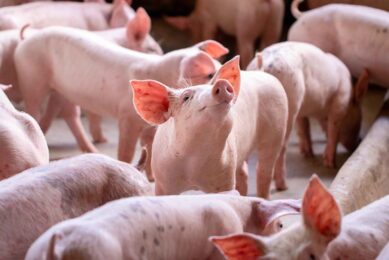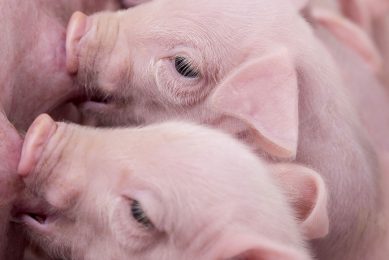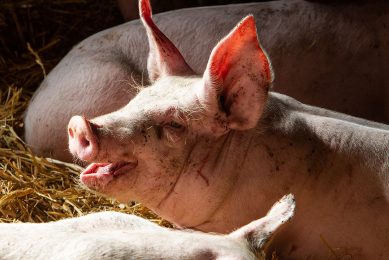EFSA/ ECDC: Report – Zoonoses and food-borne outbreaks in the EU
The European Food Safety Authority (EFSA) and the European Centre for Disease Prevention and Control (ECDC) published their Annual Report on Zoonoses and Food-borne outbreaks for 2008, which gives an overview of zoonotic infections shared in nature by humans and animals and disease outbreaks caused by consuming contaminated food.
The report shows that the number of human cases of the three most reported zoonotic infections was lower in 2008 than in 2007.
©
Campylobacteriosis remained the most frequently reported zoonotic infection in humans across the European Union, with 190,566 cases notified in 2008 (down from 200,507 in 2007). In foodstuffs, Campylobacter, which can cause diarrhoea and fever, was mostly found in raw poultry meat. In live animals, Campylobacter was found in poultry, pigs and cattle.
©
Salmonella, the second most reported zoonotic infection in humans, decreased significantly for the fifth consecutive year, with131,468 cases in 2008 compared to 151,998 in 2007, representing a 13.5% decrease. It remained however the most frequent cause of food borne outbreaks. Salmonella was found most frequently in raw chicken, turkey and pig meat. In animal populations, an important decline of the Salmonella type Enteritidis –the type most frequently affecting humans[1] – was observed in laying hen flocks[2].
©
2008 was the first year in which EU Member States implemented a new programme put in place by the EU Commission to reduce the prevalence of Salmonella in laying hens[3]; 20 Member States have already met their reduction target for that year. This could be the reason for a decrease of Salmonella Enteritidis infections in humans, since eggs are known to be the most important source for these infections, the report said.
©
“It is worth noting that the number of Salmonella cases is declining both in animals and humans. The findings in the report support the Commission and Member States in reducing the prevalence of zoonoses in the EU,” said Hubert Deluyker, EFSA’s Director of Scientific Cooperation and Assistance.
©
Andrea Ammon, ECDC’s Head of Surveillance Unit, added: “It is encouraging to note the overall decline for most of the zoonotic diseases covered by the report. However, there is no room for complacency and the report serves to highlight the importance of the joint efforts between ECDC and EFSA in providing valuable data for the reduction of zoonotic diseases.”
©
With 1,381 confirmed cases in 2008, Listeria infections showed a decrease of 11% compared to 2007. Although less frequent in humans compared to Campylobacter and Salmonella, Listeria is known to have a high mortality rate, the most affected being vulnerable groups such as the elderly. In foodstuffs, the study found Listeria above the legal safety limit in some ready-to-eat foods, mostly in smoked fish and heat-treated meat products and cheeses.
©
Reported cases of Q fever in humans increased from 585 in 2007 to 1,599 in 2008[4]. This disease caused by the bacterium Coxiella burnetii results mainly from the inhalation of contaminated dust around infected cattle, sheep and goats. Q fever causes flu-like and gastrointestinal symptoms such as fever and diarrhoea. In animals, the highest infection rates were reported in goats.
©
Verotoxigenic Escherichia coli (VTEC) accounted for a total of 3,159 human infections in the EU, representing nearly a 9% increase from the previous year. Among animals and foodstuffs, VTEC was most often reported in cattle and bovine meat. The number of cases of Yersinia in humans in 2008 was 8,346, a 7% decrease from 2007, with the bacterium found mostly in pigs and pig meat.
©
The report also gives an overview of food-borne outbreaks in 2008: 5,332 were recorded, affecting over 45,000 people and causing 32 deaths. Most of the outbreaks were caused by Salmonella (35%) followed by viruses and bacterial toxins. The most frequent food sources of these outbreaks were eggs and egg products (23%), pig meat and derived products (10%) and buffet meals (9%).
©
The report, which covers 15 zoonotic infections, also provides data on other zoonoses, such as brucellosis, bovine tuberculosis and rabies, and the two parasitic zoonoses trichinellosis and echinococcosis.
©
For the Full Report:
©
Related websites:











